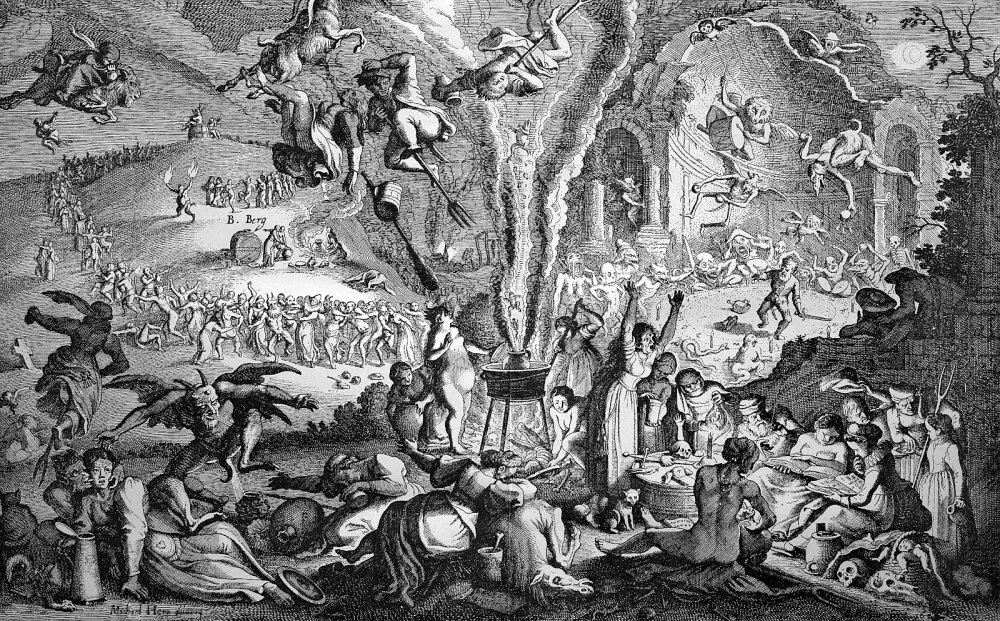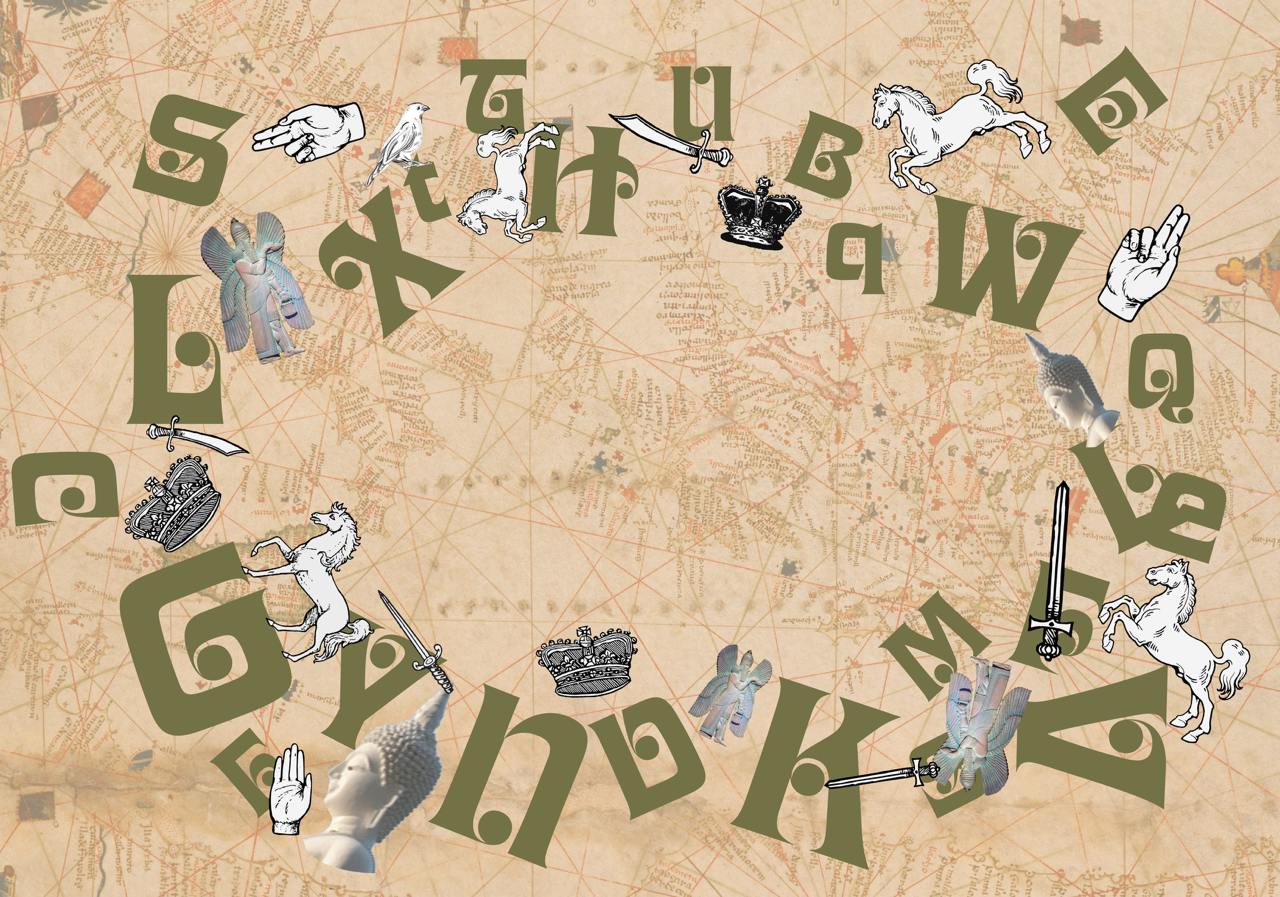
The Historical Alphabet/Qalam
It is a great pleasure to learn something new about the world in which our ancestors lived and in which we live now. In order to make our readers happy, the Qalam editorial staff, together with Citix @citix.me, a technology company, has prepared a project — important and interesting facts collected in a historical alphabet. You can now see them on Citix city smartboards, and read more on our website.
Aesop
A legendary fable writer of antiquity.
In the Soviet Union, an uncomfortable truth disguised in a parable in an article, book or any public speech was called “Aesopian language.” The existence of Aesop as a real historical figure still raises questions, and certainly he cannot be the author of the whole corpus of more than 500 plots labeled as Aesopian.
According to the accepted biography, the fable writer lived around 600 BC, was a slave of unknown origin with a complicated life: he was ugly, bald, hunchbacked and deprived of the gift of speech. But the priestess of some goddess cured Aesop, and he became the wittiest man in Greece.
The Greek work “Life of Aesop” contains amazing information about how he was set free, traveled, lived for a long time at the court of the king of Babylon... Apparently, the king of Babylon was necessary to explain the obvious oriental elements and realities in some fables. In fact, by that time, Aesop’s name was attached to many stray anecdotes that spread around the world in all directions. In any case, Aesop’s fables were incredibly popular in the Mediterranean for centuries, and children in Greece, Rome, and Hellenistic Egypt began their education with them. These moralizing and amusing stories were translated into all the languages of the world. Aesop penetrated a wide variety of cultures amazingly well. Jean de la Fontaine made Aesop an important figure in French literature; Ivan Krylov enriched Russian literature with his translations of the fables; Sufi dervishes from Iran to Turkey called themselves “Aesop’s heirs” because they learned to compose their moral parables from his fables. The famous 13th-century Sufi poet Jalāl al-Dīn Muḥammad Rūmī, for example, was given the honorable title of “Second Aesop” by his contemporaries.

Alash party members. 1918/Wikimedia commons
Alash
The battle cry of the Kazakhs, the name of the progenitor, and the first party of the country.
Alash is believed to be the name of one of the progenitors of all Kazakh clans. The word “Alash” has been used as a battle cry since at least the 15th century, and then gradually came to mean the union of all Kazakhs. From 1917 to 1920 there was a national liberation movement “Alash,” which became a party. The party proclaimed the creation of the Kazakh state called Alash-Orda, but after the Bolsheviks seized power it was abolished, and all its leaders and prominent figures were shot.

"The mystic Ahmad Ghazali, talking to a disciple", Persian miniature from the manuscript "Majalis al-Ushshaq" ("Meetings of the lovers"), 1552/Oxford University
Bumin Qaghan
The founder of the Turkic Khaganate in 552, the chief of the Ashina Clan.
In alliance with the Chinese, Bumin Qaghan defeated the Rouran Khaganat (Juan-juan), which until then had kept the Turkic tribes in subordination. Bumin Qaghan married a Chinese princess and established a Turkic state from the Pacific Ocean to the Black Sea. It was under Bumin Qaghan that the Turkic people began to be called “Turkic” for the first time.

Statue Of Bumin Khagan, Founder Of The Turkic Khaganate/Azat Jandurdyyev/Alamy
Csárdás
A Hungarian dance that evolved from the dance of the hajduk rebels.
Hajduks (literally “cattle drivers”) were rebellious peasants from Slavic and Hungarian settlements in the Ottoman Empire. The Ottomans considered the hajduks brigands who robbed poorly guarded settlements and travelers on the roads from the 16th to the 20th century, while Europeans considered them heroes and revolutionaries. In the 19th century, the traditional hajduk dance csárdás — ennobled, with decent modifications — became one of the popular ballroom dances.

The witches' sabbath on walpurgis night on blocksberg mountain, also known as brocken mountain, german copper engraving, 17th century/bildagentur-online/Getty Images

